Avoid your Thanksgiving turkey troubles with our simple turkey tips.
Turkey Purchasing
The general rule for buying turkey is to plan on 1 ½ pounds per person. For 8 people, a 12-pound turkey should be more than enough for dinner (and for leftover turkey sandwiches the next day!).
What Kind Should I buy?
Free Range Turkey: These turkeys have room to roam and can graze outside of a cage.
Organic Turkey: These turkeys are free range and raised without antibiotics or added hormones.
Kosher Turkey: These turkeys have undergone a salting process after slaughter that leaves them juicer and more flavorful after roasting. Do not brine these turkeys, as they will become too salty.
Heritage Turkey: These turkeys generally tend to have a gamey turkey flavor. Their breasts are smaller, so they are more prone to overcooking, and they have longer legs so they have more dark meat than the standard supermarket turkeys.
Enhanced or Self-Basted Turkeys: These turkeys are injected with a brine solution to help them stay moist after being frozen for a long period of time. It can leave the turkey with a spongy texture, but the turkey will stay moist. Check the labels on your turkey if you’re avoiding this type of bird, as it’s not clearly labeled. Turkey should be the only listed ingredient.
Fresh vs. Frozen
Fresh turkeys are generally more expensive than frozen turkeys, and some purists think that the meat is more flavorful and juicy in fresh turkeys. Yet, the USDA allows turkeys to be labeled as fresh to be chilled as low as 26 degrees Fahrenheit, which is cold enough for the turkey’s cavity to begin to freeze. In reality, even if you’re buying a “fresh” turkey, you could still end up with a partly frozen turkey, so why not save a few bucks and just go with the frozen? Of course, if you’re buying a specialty or heirloom turkey directly from a farm or butcher, fresh is always recommended. It’s important to plan ahead. You often have to place your specialty order weeks ahead of time.
Thawing Your Turkey
Allow enough time to thaw your turkey. A 12-pound turkey will take 3 days to thaw in your refrigerator. For people without the luxury of time or refrigerator space, you can defrost a turkey in a sink filled with cold water (changing the water every 30 minutes). Make sure to use cold water because any turkey that reaches a temperature higher than 40 degrees Fahrenheit is at risk of growing harmful bacteria. A 12-pound turkey should defrost in about 6 hours. Do not defrost your turkey overnight at room temperature.
To Brine or not to Brine
Brining a turkey adds flavor and moisture to your turkey by soaking it overnight in a solution of water, salt, and other flavorings such as herbs, sugar, and aromatics. They are juicier and more flavorful, especially in the breast area that can be prone to drying out. Make sure the turkey is fully submerged in the liquid for best results. Using an easy to find store-bought brining bag makes this simple. If your turkey can’t fit in your refrigerator, place the turkey in the brining bag into an ice-filled cooler, and place it outside, making sure that the cooler temperature is below 40 degrees.
Stuffing the Bird
People generally fall into two camps: those who love to stuff their turkey and those who cook it separately in a casserole dish. Cooking the stuffing in the bird adds delicious flavor and moisture to the finished product, but it also raises concerns of food safety. If cooking your stuffing inside the turkey, be sure to use an instant read thermometer to make sure it reaches 165 degrees. Roasting times will be longer for a stuffed turkey.
Is It Done Yet?
The biggest anxiety of Thanksgiving dinner is knowing when the turkey is ready to come out of the oven. The best way to tell is to use an instant read digital thermometer inserted into the meatiest part of the thigh (which takes the longest time to cook). The internal temperature should read 165 degrees. When it hits the 165 mark, remove the turkey from the roasting pan to a cutting board, cover loosely with foil, and rest for a full 30 minutes before carving so the juices can redistribute before carving.
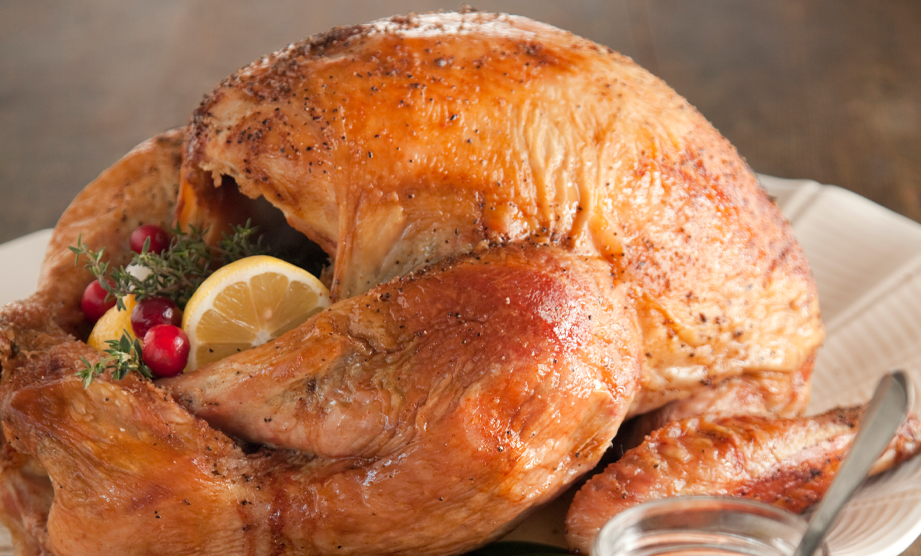
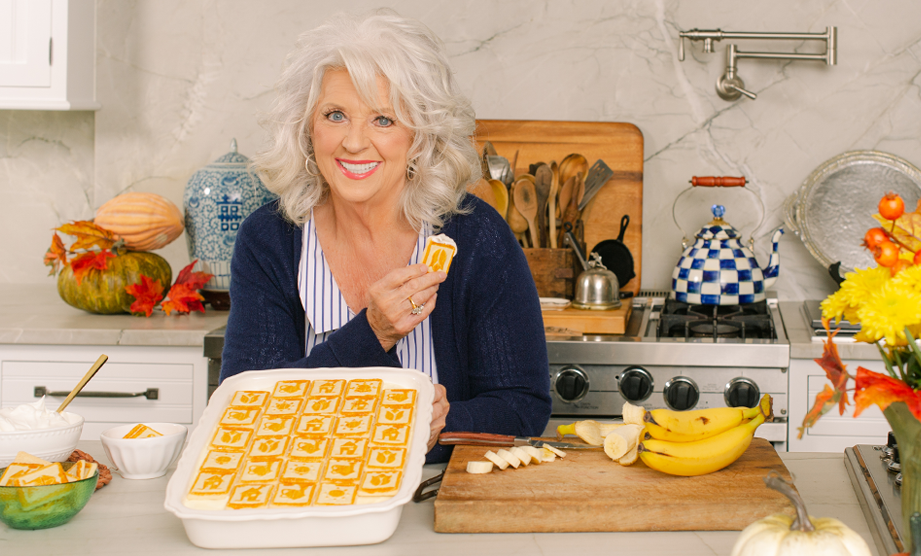

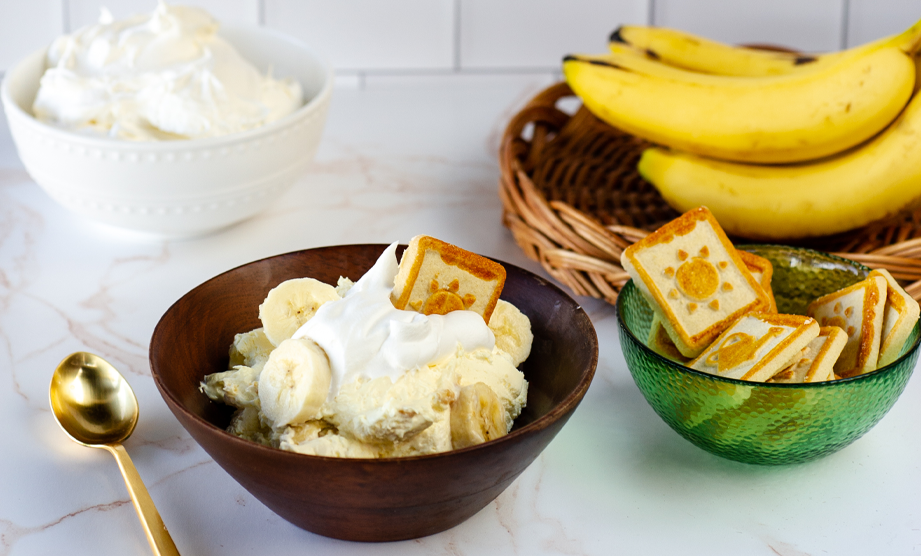

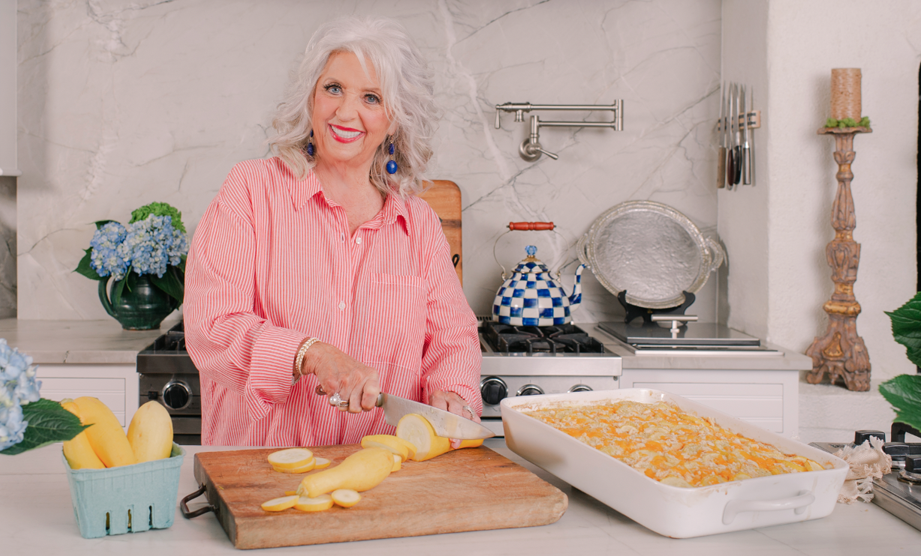
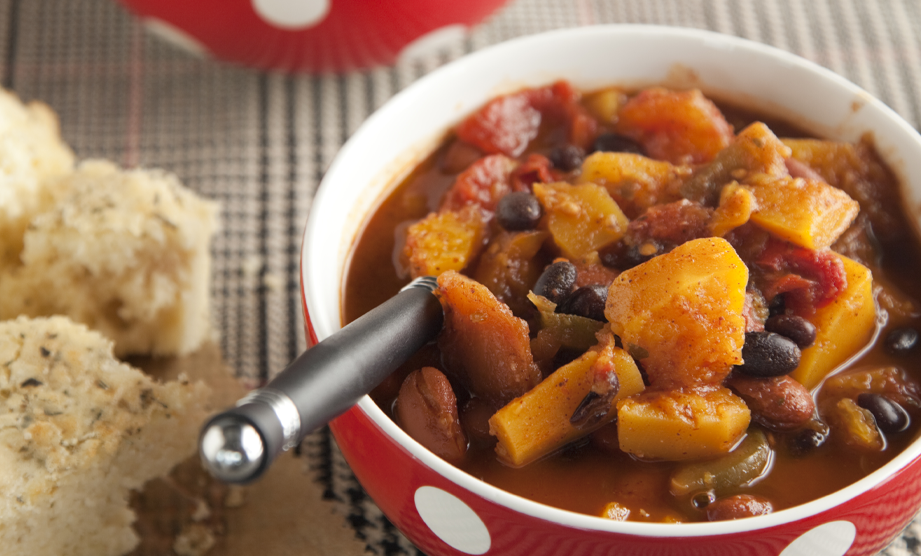


YOU’RE NOT SIGNED IN. LOGIN OR JOIN TO POST A COMMENT.